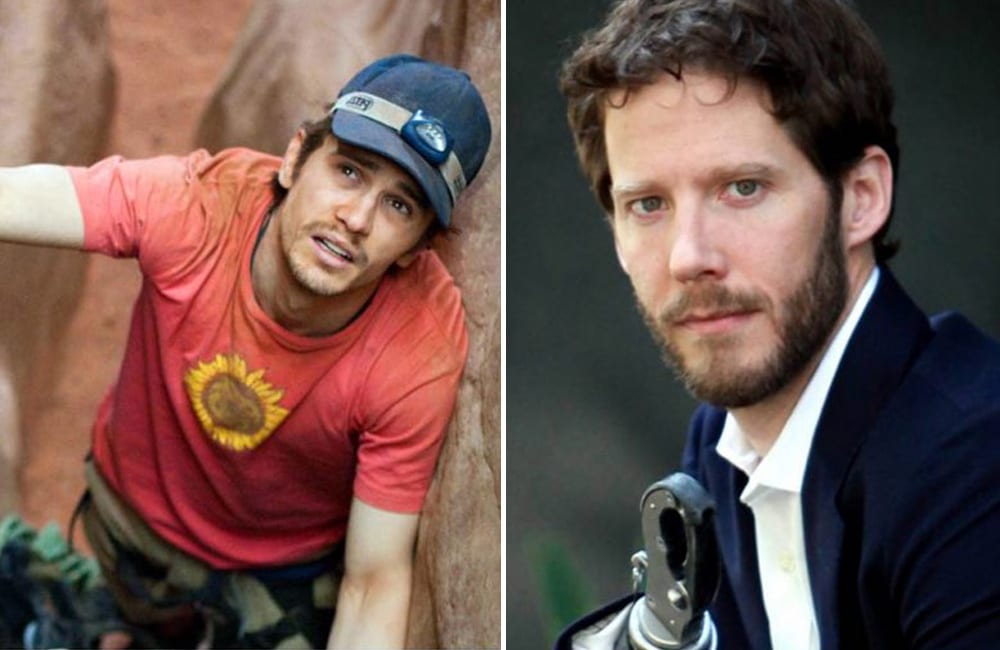
Rahman, the famous Indian composer, wrote the score. Anthony Dod Mantle did some of the camerawork. Boyle wrote the screenplay with Simon Beaufoy. Although less gruesome than the goriest images in some horror movies, the "reality" of this scene makes it more difficult to watch (in much the same way that it's almost impossible to view a fingernail be ripped off in a motion picture, even though it's a relatively simple special effect).Īlthough 127 Hours bears little resemblance to Slumdog Millionaire, it is made by largely the same crew. There have been walkouts at some screenings and many have closed their eyes or turned away. We see Aron break both bones of his forearm then use the dull penknife of a cheap multi-utility tool to saw away at the soft tissue. Needless to say, that scene is difficult to watch, and Boyle doesn't truncate it, turn the camera away, or do anything to lessen its impact. It's his interpretation of the character that gets us to the point where we understand why Aron chose the path of self-amputation as the sole route of survival. For more than an hour, we're down in a hole with Aron, and the tautness and intensity of Franco's performance keeps us engaged. James Franco, who is on screen for nearly every frame of the film (often in close-up), gives the performance of a lifetime, overturning his reputation as a dramatic lightweight. That, along with interviews and his autobiographical book about the experience, provides the narrative's basis.) Although it has never been shown publicly, Ralston allowed Boyle and Franco to view it as part of their preparation for making the movie. Aron, who has a camcorder with him, records a video diary of some of his thoughts and experiences, with the hope that whoever finds his body will return it to his parents. The film, attempting to get into the character's mindset, represents these as parts of a half-crazed reality. There are a few brief flashbacks early during Aron's ordeal and, as dehydration and fatigue begin to take their toll on his mental state, he experiences dreams and hallucinations. As his supply of water dwindles, Aron realizes he may die here.Īs with Buried, 127 Hours remains with the protagonist for the entire running time, never flashing to scenes of concerned friends or relatives wondering where their loved one is.

#ARON RALSTON VIDEO DIARY FREE#
He tries everything within his power to free himself but the tools at his disposal are limited. It's not long, however, before a mishap results in him tumbling down a shaft and becoming trapped at the bottom when a boulder crushes his arm against a tunnel wall and becomes lodged there. Aron encounters a pair of lost female hikers (played by Amber Tamblin and Kate Mara, in what amount to cameos) and helps them find their way to their destination before he continues on his own.

Rahman's throbbing score, serve the dual purpose of introducing us to the cocky main character and showing off the setting.

The film's first fifteen minutes, which are bright and colorful with glorious landscape shots accompanied by A. Maverick adventurer Aron Ralston (James Franco), 27 years old at the time, ventures into Utah's Blue John Canyon to do a little climbing and exploring. Those who don't recognize Ralston's name and/or don't recall the news reports may find my discussion of the film to be highly "spoiler-ish."Īs is suggested by the title, 127 Hours covers a period slightly longer than five days lasting from the end of April to the beginning of May 2003.
#ARON RALSTON VIDEO DIARY TV#
The rest of this review assumes that the reader is at least cursorily familiar with the real life story of Aron Ralston, whose ordeal was the subject of numerous news stories in May 2003 (as well as subsequent network TV and cable documentaries). 127 Hours is unflinching in its depiction of what constitutes the "will to live." The level of tension in 127 Hours does not reach the intense level achieved by Buried, but it contains a scene so disturbing in its blistering, realistic gore that some will be forced to turn away. After the rousing success of the romantic fantasy Slumdog Millionaire, he has switched not only gears but continents to tell the true story of Aron Ralston in 127 Hours, an "action film with a guy who can't move." The film's similarities to Buried are striking in that both movies rely primarily on the performance of the lead actor and both challenge the audience's stamina to stay with a character under trying circumstances for 90 minutes. Danny Boyle doesn't believe in doing the same thing twice.


 0 kommentar(er)
0 kommentar(er)
